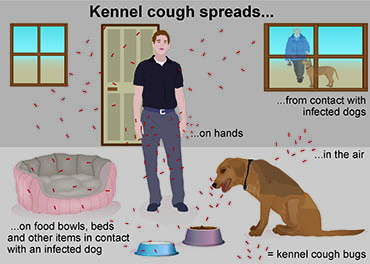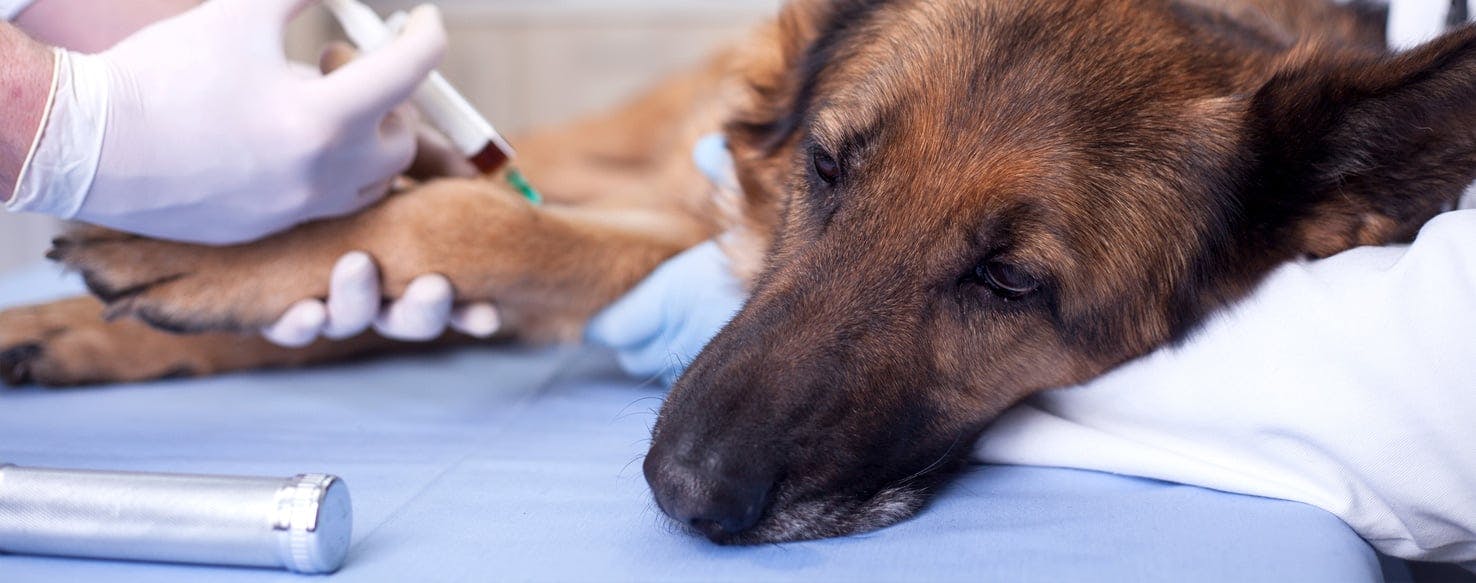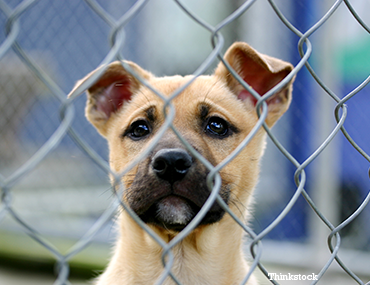 Kennel Cough in Cats - Symptoms, Causes, Diagnosis, Treatment, Recovery, Management, Cost
Kennel Cough in Cats - Symptoms, Causes, Diagnosis, Treatment, Recovery, Management, CostHow do you get vegetable seeds? Question date: 2006-06-05 Answer 1:Thank you for sending this important question. I hope my answer will help you understand a very important difference between fruits and fruits vegetables you can pass to your friends and classmates (and even some adults). As you know, plants have many different parts, so let's start by listing some of the them. The parts that are buried under soil - roots - help plants take food and water from the ground. The long, thin part that grows above the ground and supports the the rest of the plant is called stem. Sheets grow around the stem uses sunlight to make food for the rest of the plant. You've probably noticed. during certain times of the year, flowers bloom and eventually become fruits. Inside fruits are seeds. If the fruits are not chosen and sent to your favorite supermarket, He'll eventually fall to the ground. In time, small microscopic creatures, insects and some small animals will eat the fleshy part of the fruit that surrounds the seeds. The seed that is leaving behind will finally grow to become a new plant. Simple, right? Well, not exactly. You'd be surprised to hear those botanists. .. scientists who study plants of all kinds -- Call anything with seeds inside a "fruit"! This means tomatoes, peas podes, cucumbers, peppers, pumpkin and avocados are all fruits, even Even though many people call them vegetables! Why? You guessed because everyone has seeds. inside. If you don't believe me, ask an adult. to cut them off so you can see yourself. According to the botanists, really. they take vegetables from different parts of plants that have no seeds, like leaves, stems and roots. Spinach and cabbage are really the leaves of certain plants. Asparagus and The celery is stems. Cartoons, radishes, paddles and trousers Nabos (yuk) are roots. What do you have all in Whole? No seeds! So all these parts of the plant are Real vegetables So, after all I have Do you think you'd be so The success of taking vegetable seeds? From Of course not because they have nothing! You. I shouldn't feel bad if you didn't know... many Answer 2:Most vegetables (e.g. bean pods, pumpkins, etc.) tomatoes) are the non-sweet fruits of flowering plants, which means they have seeds in them because they evolved as planting structures. Normally, a fruit "without seeds" is a fruit that has modified to make the seeds soft and can be bit easily (for example, a seedless watermelon), or have seeds not (I can't think of a good example). But... such vegetables have seeds. Vegetables than are not fruits (e.g. broccoli, asparagus) Have seeds. Click to return to the search form. Copyright © 2020 Los Regentes de la Universidad de California, All rights reserved. How do you get vegetable seeds? Question date: 2006-06-05 Answer 1:Thank you for sending this important question. I hope my answer will help you understand a very important difference between fruits and fruits vegetables you can pass to your friends and classmates (and even some adults). As you know, plants have many different parts, so let's start by listing some of the them. The parts that are buried under soil - roots - help plants take food and water from the ground. The long, thin part that grows above the ground and supports the the rest of the plant is called stem. Sheets grow around the stem uses sunlight to make food for the rest of the plant. You've probably noticed. during certain times of the year, flowers bloom and eventually become fruits. Inside fruits are seeds. If the fruits are not chosen and sent to your favorite supermarket, He'll eventually fall to the ground. In time, small microscopic creatures, insects and some small animals will eat the fleshy part of the fruit that surrounds the seeds. The seed that is leaving behind will finally grow to become a new plant. Simple, right? Well, not exactly. You'd be surprised to hear those botanists. .. scientists who study plants of all kinds -- Call anything with seeds inside a "fruit"! This means tomatoes, peas podes, cucumbers, peppers, pumpkin and avocados are all fruits, even Even though many people call them vegetables! Why? You guessed because everyone has seeds. inside. If you don't believe me, ask an adult. to cut them off so you can see yourself. According to the botanists, really. they take vegetables from different parts of plants that have no seeds, like leaves, stems and roots. Spinach and cabbage are really the leaves of certain plants. Asparagus and The celery is stems. Cartoons, radishes, paddles and trousers Nabos (yuk) are roots. What do you have all in Whole? No seeds! So all these parts of the plant are Real vegetables So, after all I have Do you think you'd be so The success of taking vegetable seeds? From Of course not because they have nothing! You. I shouldn't feel bad if you didn't know... many Answer 2:Most vegetables (e.g. bean pods, pumpkins, etc.) tomatoes) are the non-sweet fruits of flowering plants, which means they have seeds in them because they evolved as planting structures. Normally, a fruit "without seeds" is a fruit that has modified to make the seeds soft and can be bit easily (for example, a seedless watermelon), or have seeds not (I can't think of a good example). But... such vegetables have seeds. Vegetables than are not fruits (e.g. broccoli, asparagus) Have seeds. Click to return to the search form. Copyright © 2020 Los Regentes de la Universidad de California, All rights reserved. How do you get vegetable seeds? Question date: 2006-06-05 Answer 1:Thank you for sending this important question. I hope my answer will help you understand a very important difference between fruits and fruits vegetables you can pass to your friends and classmates (and even some adults). As you know, plants have many different parts, so let's start by listing some of the them. The parts that are buried under soil - roots - help plants take food and water from the ground. The long, thin part that grows above the ground and supports the the rest of the plant is called stem. Sheets grow around the stem uses sunlight to make food for the rest of the plant. You've probably noticed. during certain times of the year, flowers bloom and eventually become fruits. Inside fruits are seeds. If the fruits are not chosen and sent to your favorite supermarket, He'll eventually fall to the ground. In time, small microscopic creatures, insects and some small animals will eat the fleshy part of the fruit that surrounds the seeds. The seed that is leaving behind will finally grow to become a new plant. Simple, right? Well, not exactly. You'd be surprised to hear those botanists. .. scientists who study plants of all kinds -- Call anything with seeds inside a "fruit"! This means tomatoes, peas podes, cucumbers, peppers, pumpkin and avocados are all fruits, even Even though many people call them vegetables! Why? You guessed because everyone has seeds. inside. If you don't believe me, ask an adult. to cut them off so you can see yourself. According to the botanists, really. they take vegetables from different parts of plants that have no seeds, like leaves, stems and roots. Spinach and cabbage are really the leaves of certain plants. Asparagus and The celery is stems. Cartoons, radishes, paddles and trousers Nabos (yuk) are roots. What do you have all in Whole? No seeds! So all these parts of the plant are Real vegetables So, after all I have Do you think you'd be so The success of taking vegetable seeds? From Of course not because they have nothing! You. I shouldn't feel bad if you didn't know... many Answer 2:Most vegetables (e.g. bean pods, pumpkins, etc.) tomatoes) are the non-sweet fruits of flowering plants, which means they have seeds in them because they evolved as planting structures. Normally, a fruit "without seeds" is a fruit that has modified to make the seeds soft and can be bit easily (for example, a seedless watermelon), or have seeds not (I can't think of a good example). But... such vegetables have seeds. Vegetables than are not fruits (e.g. broccoli, asparagus) Have seeds. Click to return to the search form. How do you get vegetable seeds? Answer 1:Thank you for sending this important question. I hope my answer will help you understand a very important difference between fruits and fruits vegetables you can pass to your friends and classmates (and even some adults). As you know, plants have many different parts, so let's start by listing some of the them. The parts that are buried under soil - roots - help plants take food and water from the ground. The long, thin part that grows above the ground and supports the the rest of the plant is called stem. Sheets grow around the stem uses sunlight to make food for the rest of the plant. You've probably noticed. during certain times of the year, flowers bloom and eventually become fruits. Inside fruits are seeds. If the fruits are not chosen and sent to your favorite supermarket, He'll eventually fall to the ground. In time, small microscopic creatures, insects and some small animals will eat the fleshy part of the fruit that surrounds the seeds. The seed that is leaving behind will finally grow to become a new plant. Simple, right? Well, not exactly. You'd be surprised to hear those botanists. .. scientists who study plants of all kinds -- Call anything with seeds inside a "fruit"! This means tomatoes, peas podes, cucumbers, peppers, pumpkin and avocados are all fruits, even Even though many people call them vegetables! Why? You guessed because everyone has seeds. inside. If you don't believe me, ask an adult. to cut them off so you can see yourself. According to the botanists, really. they take vegetables from different parts of plants that have no seeds, like leaves, stems and roots. Spinach and cabbage are really the leaves of certain plants. Asparagus and The celery is stems. Cartoons, radishes, paddles and trousers Nabos (yuk) are roots. What do you have all in Whole? No seeds! So all these parts of the plant are Real vegetables So, after all I have Do you think you'd be so The success of taking vegetable seeds? From Of course not because they have nothing! You. I shouldn't feel bad if you didn't know... many Answer 2:Most vegetables (e.g. bean pods, pumpkins, etc.) tomatoes) are the non-sweet fruits of flowering plants, which means they have seeds in them because they evolved as planting structures. Normally, a fruit "without seeds" is a fruit that has modified to make the seeds soft and can be bit easily (for example, a seedless watermelon), or have seeds not (I can't think of a good example). But... such vegetables have seeds. Vegetables than are not fruits (e.g. broccoli, asparagus) Have seeds. Copyright © 2020 Los Regentes de la Universidad de California, All rights reserved.
What is the difference between a fruit and a vegetable? For 12 June 2012 A peach is a fruit, whoever you are, and a carrot is definitely a vegetable. But in the Venn diagram that links these two product categories, there is a region of overlap. It results from the fact that "fruit" and "vegetable" are defined differently depending on whether you are a gardener or a chef. The dead center of the superimposed region is . Then why is it a fruit, and why is it a vegetable? Botanically speaking, a fruit is a plant structure that develops from the ovary of a flowering plant, while the vegetables are all other parts of the plant, such as roots, leaves and stems. By those standards, the growths of the vediac like , the escamos and, yes, the tomatoes are all fruits, while the roots like the beets, and the wolves, leaves like , and lettuce, and stems like and are all the vegetables. Related: The panorama is very different in culinary terms, however. Many foods that are (botanically speaking) fruits, but which are salted instead of sweets, are typically considered vegetables by chefs. This includes botanical fruits such as eggplants, bell peppers and tomatoes. The debate of fruits vs. vegetables can sometimes reach such a fever field that the law should enter. In the Nix case. c. Hedden of 1893 of the Supreme Court of the United States, the court unanimously ruled that an imported tomato should be imposed as a vegetable, instead of as a fruit (without taxes). The court recognized that a tomato is a botanical fruit, but it was with what they called the "ordinary" definitions of fruits and vegetables, those used in the kitchen. Original article on Life Sciences. Stay up to date on the coronavirus outbreak when you sign up for our newsletter today. Thanks for signing up for Live Science. You will receive a verification email shortly. There was a problem. Please refresh the page and try again. Live Science is part of Future US Inc, an international media group and a leading digital editor. . Future US, Inc. 11 West 42nd Street, 15th Floor, New York, NY 10036.

Can Dogs Get Kennel Cough from Cats? | Wag!
Did You Know That Kennel Cough Affects Cats too? Feline Bordetellosis | Pets4Homes
Can Cats Catch Kennel Cough from Dogs?
Remedies For a Kennel Cough In Cats | by Annie Jule | Medium
Kennel Cough - PDSA
Can Cats Catch Kennel Cough from Dogs?
Can cat get kennel cough from dog?
What Causes Kennel Cough in Dogs and Cats?
Bordetella Bronchiseptica Infection in Cats | International Cat Care
Kennel Cough In Cats – PoC
Cat Coughing: Causes and Treatment | PetMD
Can Cats Catch Kennel Cough from Dogs?
Is Kennel Cough Contagious to Humans: Symptoms and Treatment
Kennel Cough Symptoms in Cats - HubPages
Is Kennel Cough Contagious to Humans: Symptoms and Treatment
Can Cats Get Kennel Cough from Dogs?
When to be Concerned about Coronavirus with Your Pet | CVMBS News
Can Dogs and Cats Get Coronavirus? | Small Door Veterinary
Cat Cough Can Be Cured At Home With Herbal, Organic, Natural Remedy
Kennel Cough: Causes, Symptoms, Prevention, and Treatment | Daily Paws
Can Dogs Get Kennel Cough If Vaccinated? | Wag!
Take Precautions to Prevent Kennel Cough
Kennel Cough in Dogs & Cats: Does My Pet Have It? | Hill's Pet
Is Kennel Cough Contagious to Cats? | My Feline Buddy
Bordetella Cough in Cats (Page 1) - Line.17QQ.com
Kennel Cough (Bordetella) Home Remedies and Symptoms 🥇 Jet Pet Resort
What to Know About Kennel Cough - Fairmont Animal Hospital
Coronavirus in cats and dogs: How does COVID-19 impact pets? - CNET
Vaccine for Bordetella In Dogs and Cats
Treating Bordetella Bronchiceptica in Dogs | Treating Kennel Cough
Kennel Cough - what are the symptoms & treatment? | Purina®
Kennel Cough in Dogs: Symptoms, Treatment, and Prevention — River Landings Animal Clinic in Bradenton, Florida
Why Is Your Kitten Coughing So Much? | Canna-Pet®
Kennel Cough in Dogs and Puppies: What Is the Treatment for Kennel Cough? | PetMD
Kennel Cough in Dogs & Cats: Does My Pet Have It? | Hill's Pet | Dog coughing, Kennel, Dog care
Kennel Cough and Feline Upper Respiratory Infection: What You Need to Know - Mother Bird: Holistic Living
Kennel Cough in Dogs | Best Friends Animal Society
Kennel Cough: Signs and Symptoms
Can my dog or cat get coronavirus? Can I kiss my pet? FDA video warns pet owners about spreading COVID-19 - MarketWatch
The Top 4 Most Asked Questions About Kennel Cough
 Kennel Cough in Cats - Symptoms, Causes, Diagnosis, Treatment, Recovery, Management, Cost
Kennel Cough in Cats - Symptoms, Causes, Diagnosis, Treatment, Recovery, Management, Cost




































Posting Komentar untuk "can cats get kennel cough"